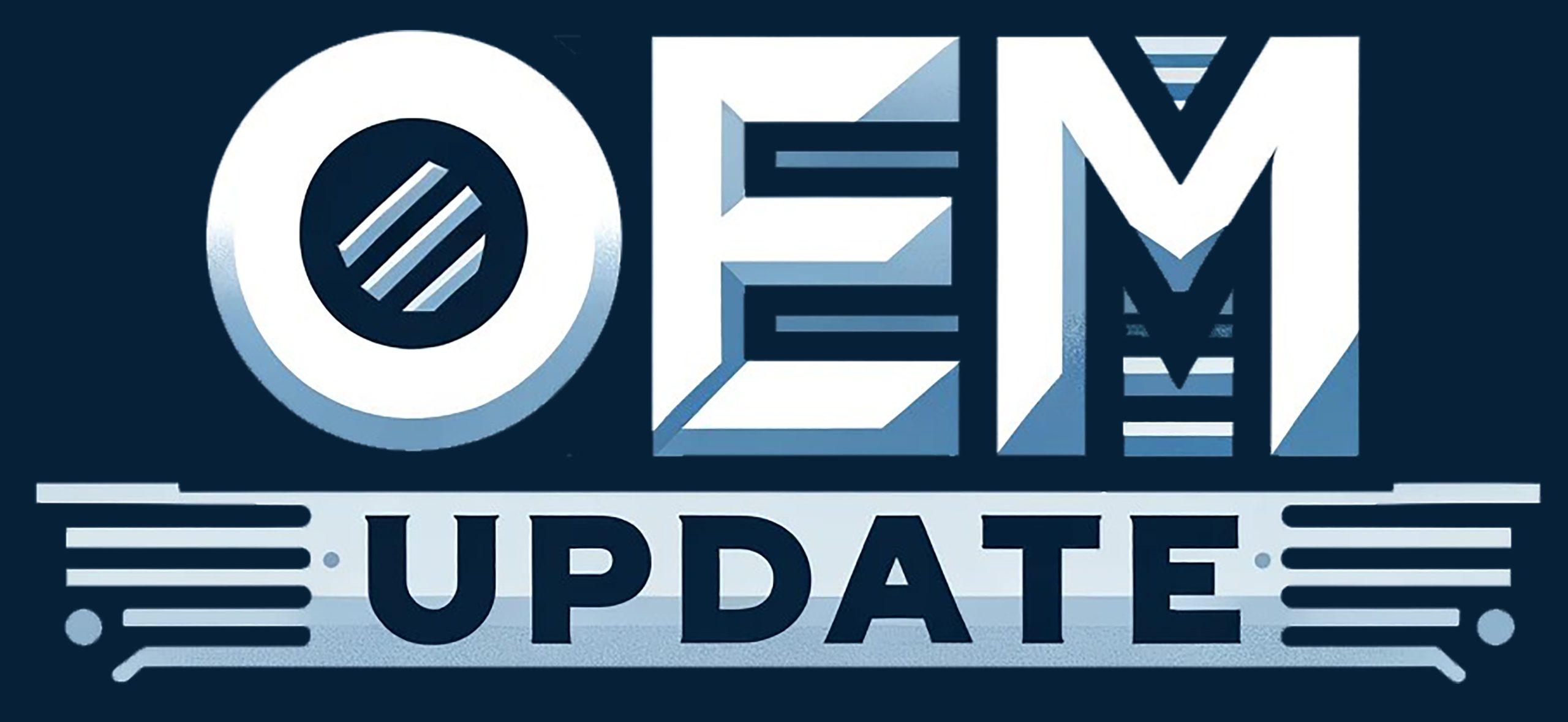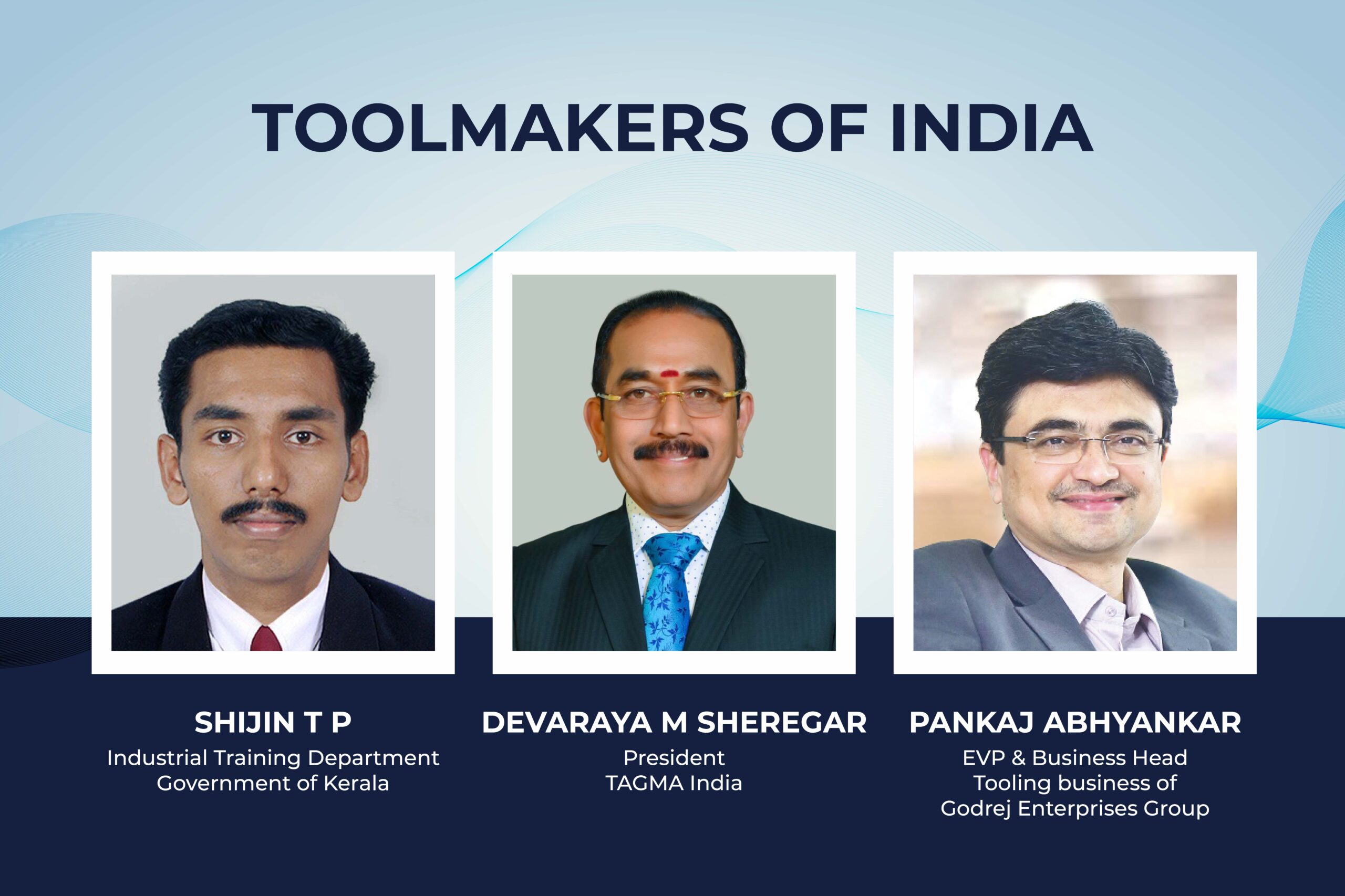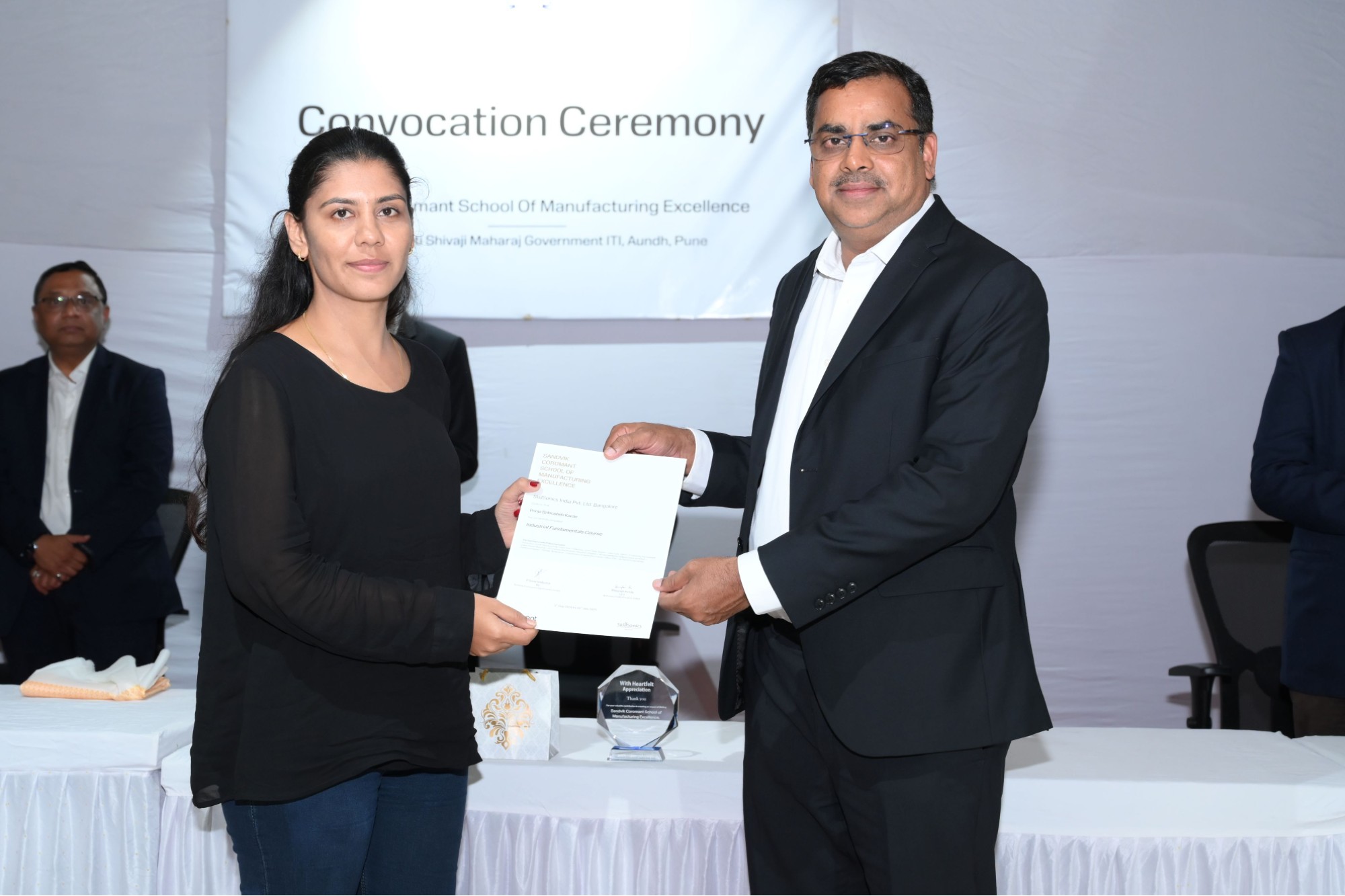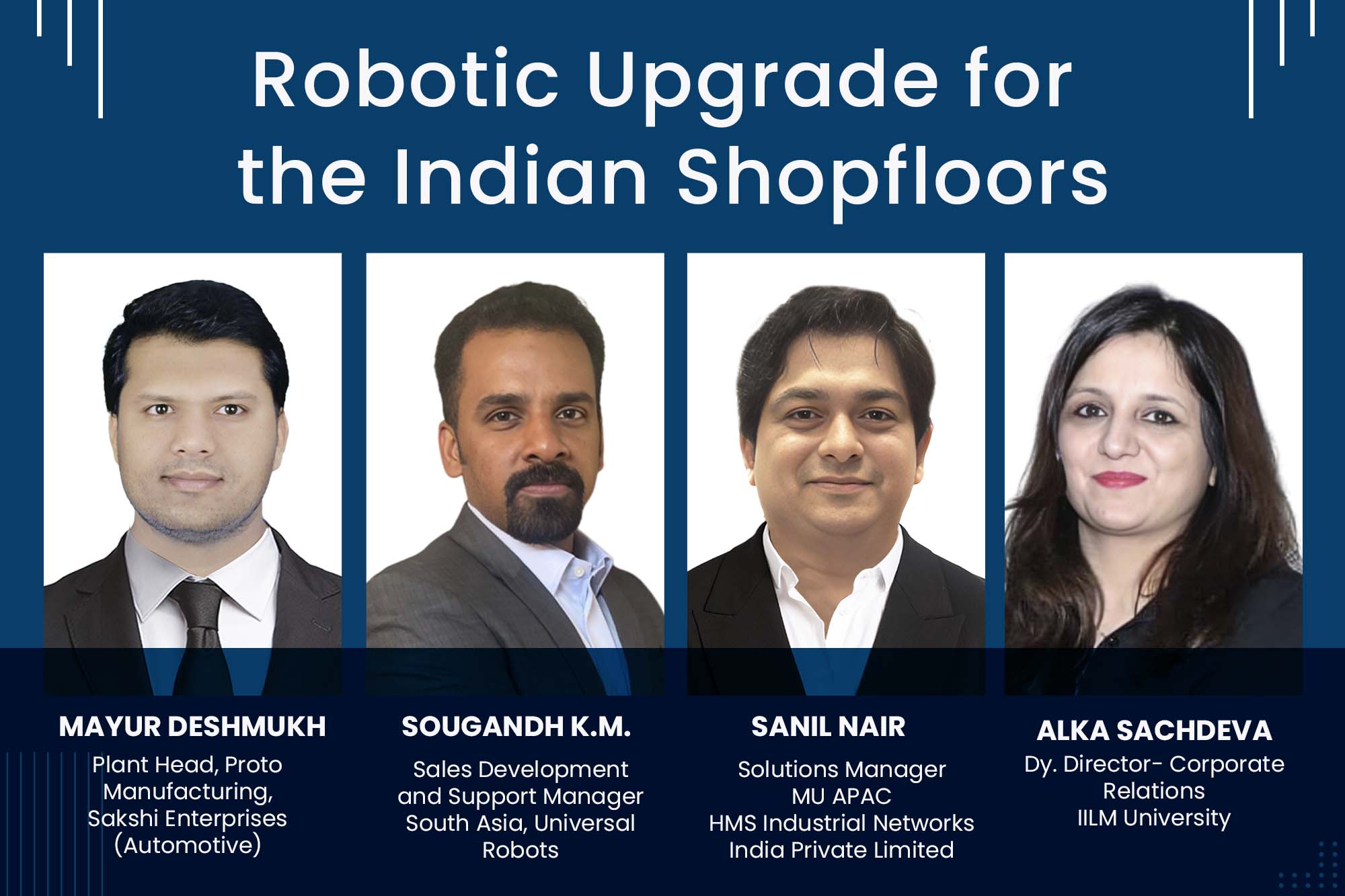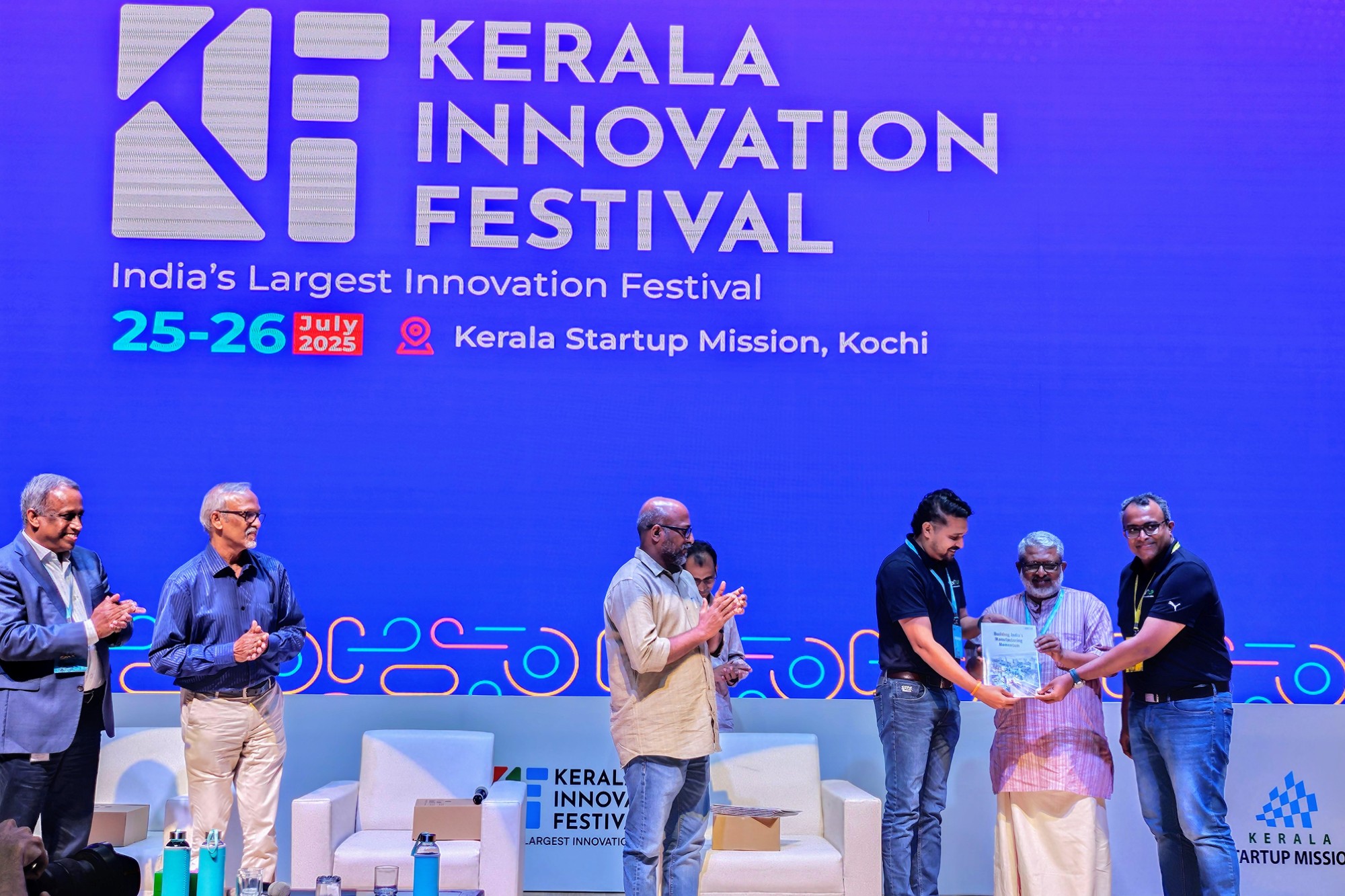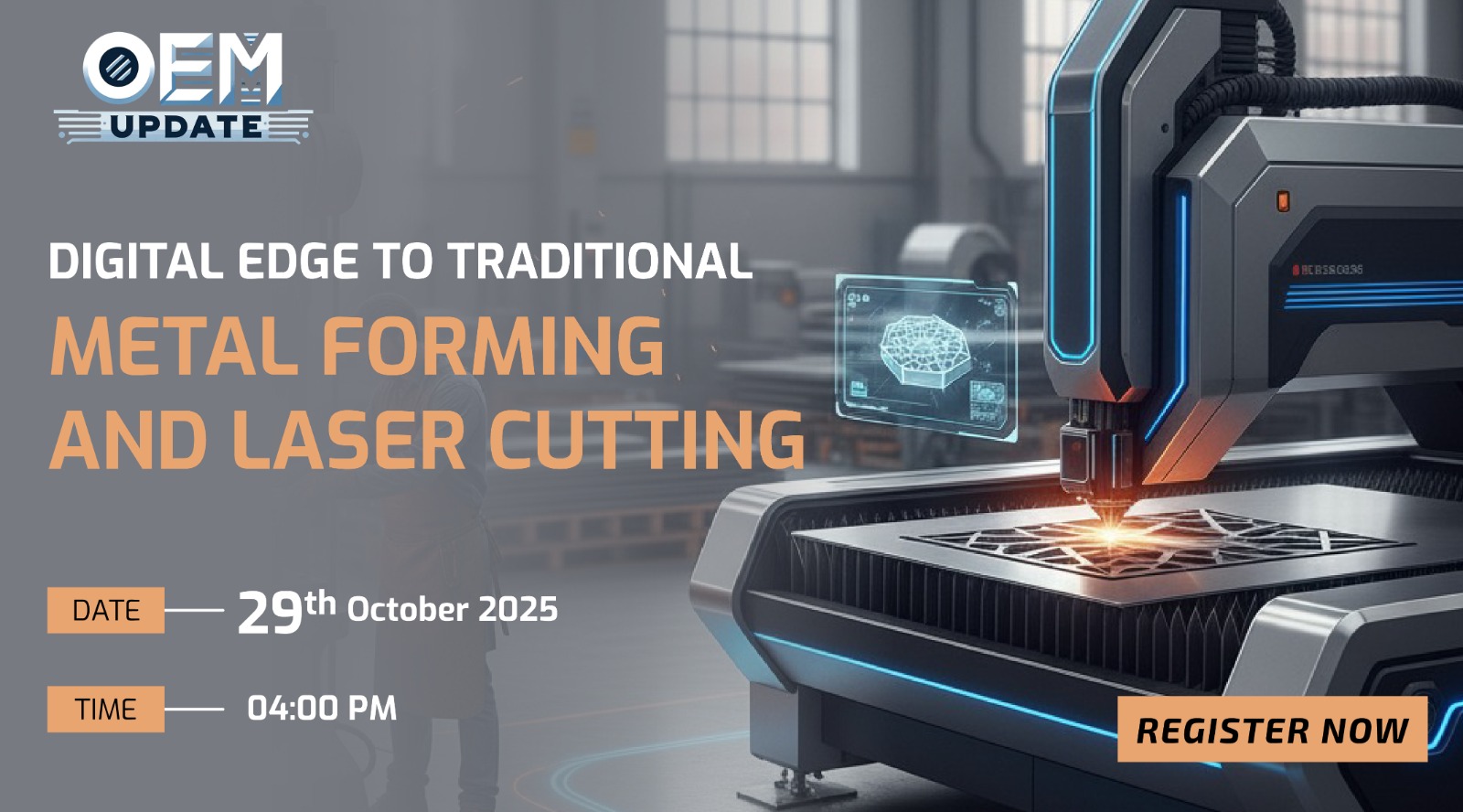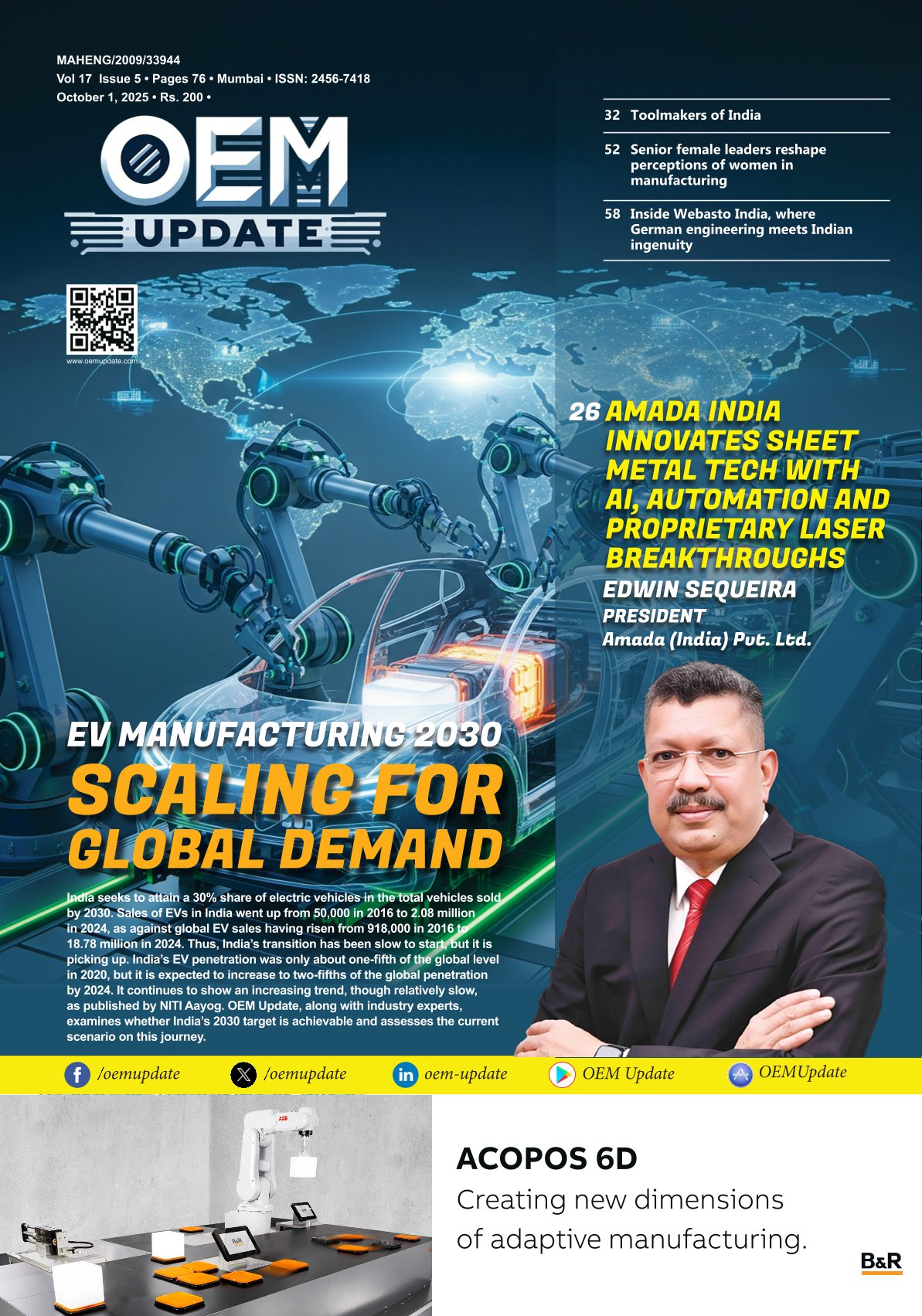Toolmakers of India
By Staff Report October 1, 2025 7:34 pm IST
The sought-after auto sector is the harbinger of the manufacturing industry, opening the door for diminutive role players like toolmaking. With innovation in the auto sector keeping pace with time, toolmakers in India have a golden opportunity to rise and meet the shorter product lifecycles of this perpetually in-vogue sector, while also exploring the burgeoning industry to diversify and reduce overall export dependency.
Tooling is a critical aspect of manufacturing and production, encompassing the development of design and equipment. Tooling is fundamental to modern manufacturing, encompassing the design and fabrication of specialised equipment, such as moulds, dies, jigs, fixtures, and cutting tools. These tools are what result in finished goods bearing high efficiency, precision, and quality. The Indian tooling market has become viable over the decade due to the wavering growth of our manufacturing sector and increasing demand for automotive, aerospace, electronics, and consumer goods. Government initiatives to augment domestic manufacturing created the need for agile production and product customisation happening in the country, which ultimately requires efficient and precise tooling solutions. Again, the shift towards Industry 4.0 and automation modified the tools we require.
Now, the shift is diverted by the growing awareness of sustainable and eco-friendly practices, which is driving demand for tooling that utilises recycled materials and energy-efficient machining techniques. In essence, the rising need for advanced and specialised tooling reflects India’s trajectory toward highly automated, precise, and sustainable manufacturing operations.
Complex Spot of Indian toolmaking
A key challenge for Indian toolmakers is the need to shorten tool development lead times and achieve “first-time-right” outcomes for customers who increasingly demand precision, speed, and reliability. Indian toolmakers also face the task of scaling up to produce dies for large castings on machines with capacities of 3000–4000 tonnes, which are often imported, thereby limiting their cost competitiveness. Another challenge lies in building comprehensive, end-to-end solutions that go beyond tool supply to include design collaboration, prototyping, and process validation. Indian companies must invest in advanced technologies such as simulation, digital twins, and Industry 4.0 practices to reduce errors and scrap, while enhancing productivity and tool life to remain competitive globally.
India heavily imports certain high-precision mould categories, particularly in the electronics, aerospace, and medical device industries. In the automotive industry, light moulds and bumper moulds are still imported. These sectors demand micro-level tolerances, superior surface finishes, and high reliability, which often require advanced machining capabilities, specialised materials, and cutting-edge design software that are still limitedly available domestically.
Another bottleneck is that Indian tool makers face challenges in accessing finance. Additionally, the import duty on the tools is lower than that on the raw materials and bought-out components used in their manufacture.
India also faces a shortage of a skilled workforce that can work in tool rooms. This is also due to the disparity of pay and status perception when it comes to tool designing and tool making.
Industries to look out for
The semiconductor industry is currently the belle of the ball, with the government pushing it tirelessly. The ₹76,000 crore ($10 billion) incentive package under the India Semiconductor Mission is expected to attract major global players to establish fabrication units, ATMP (Assembly, Testing, Marking, and Packaging) facilities, and design centres. According to the India Electronics and Semiconductor Association (IESA), the Indian semiconductor market is projected to grow from $23 billion in 2022 to $85 billion by 2030, creating opportunities for both upstream and downstream suppliers.
When we think about semiconductors, most people imagine silicon wafers and chips. However, every functioning IC requires an ecosystem of materials and precision tooling that enables it. Shijin T P, Instructor, Industrial Training Department, Government of Kerala, emphasised that this demand creates tooling hotspots across the packaging process: progressive stamping dies are needed for producing ultra-thin metal leadframes (copper, Fe-Ni alloys) with micron-level precision; injection and micro-moulds form the defect-free plastic encapsulation (EMC, PBT, PPS) that protects the IC; and deep drawing dies create the heat sinks and EMI shields essential for 5G and power devices. Ultimately, every packaged IC used in high-growth sectors like mobiles, EVs, and aerospace depends on Indian manufacturers for these reliable precision fixtures and dies, allowing local MSMEs to leverage their existing expertise from the automotive and die-making industries to secure new global markets and solidify the “Make in India” initiative on the international silicon map.
In aerospace, increased allocation under the Defence Budget and the rise of indigenous programs under ‘Make in India’ and ‘Aatmanirbhar Bharat’ fuel the need for locally sourced components, sub-assemblies, and tooling. The Indian aerospace and defence industry is projected to reach $70 billion by 2030, increasing the demand for high-precision tooling, moulds, and dies.
Devaraya M Sheregar, President, TAGMA India, shares that semiconductor and aerospace manufacturing require tight tolerances and exceptional quality. For this, Indian tooling companies can upgrade their capabilities, gain global certifications, and contribute to the development of complex tools, dies, and precision components. TAGMA is helping its members tap into these emerging sectors through focused seminars, policy engagement, and skill-building programs tailored to high-tech industries.
Toolmaking for the automotive sector
The trajectory of India’s die and mould industry is on the rise, parallel to the growth of the automotive sector. Despite this domestic growth, the industry remains behind global leaders such as China, Taiwan, Germany, Japan, and South Korea in terms of high technology and precision. This lag is largely attributable to the fact that most Indian toolmakers are small and scattered, a fragmentation that limits overall growth.
Additionally, in the automotive sector, toolmaking is changing due to the rise of electric vehicles (EVs), the need for lightweight parts, and the adoption of megacasting. EVs necessitate special tools for batteries and motors, while the lightweighting trend requires tooling to handle more aluminium instead of traditional steel. Furthermore, megacasting, the process of creating significant, single structural parts, demands stronger machines and advanced cooling systems. Toolmakers must make critical investments in new technology and specialised skills to keep up with the pace.
Shijin T. P., Instructor, Industrial Training Department, Government of Kerala, states that challenges persist due to the heavy reliance on imported dies from China, which weakens local growth but simultaneously compels Indian toolrooms to improve. Other obstacles include the high cost of machinery, intense price competition, and the slow adoption of automation. Crucially, the simultaneous shift toward megacasting for EVs and lightweight materials will create specific demand for larger, more complex dies, placing substantial new demand on aluminium casting vendors. The future, however, is optimistic, with the adoption of digital design, automation, increased collaboration, and strong government support.
Future of the Indian tooling industry
Electric vehicles, which require lightweight aluminium structural parts and complex geometries, will remain in high demand, creating opportunities for advanced die-casting solutions, says Pankaj Abhyankar, EVP & Business Head, Tooling business of the Godrej Enterprises Group. He adds that the giga-casting and large structural castings will gain prominence as foundries in India invest in higher-tonnage machines, reducing their dependence on imports. Magnesium Die-casting has significant potential to grow once an ecosystem for its recycling is established in the country. The newer processes of Die-cast part production, such as rheocasting, Thixo-Moulding, and counter-pressure casting (CPC), have been developed to meet the specific requirements of product designs. These are currently at a very nascent stage in India. At the same time, digitalisation through AI, IoT, and digital twins will become mainstream for predictive maintenance, improved traceability, and first-time-right production.
Cookie Consent
We use cookies to personalize your experience. By continuing to visit this website you agree to our Terms & Conditions, Privacy Policy and Cookie Policy.
